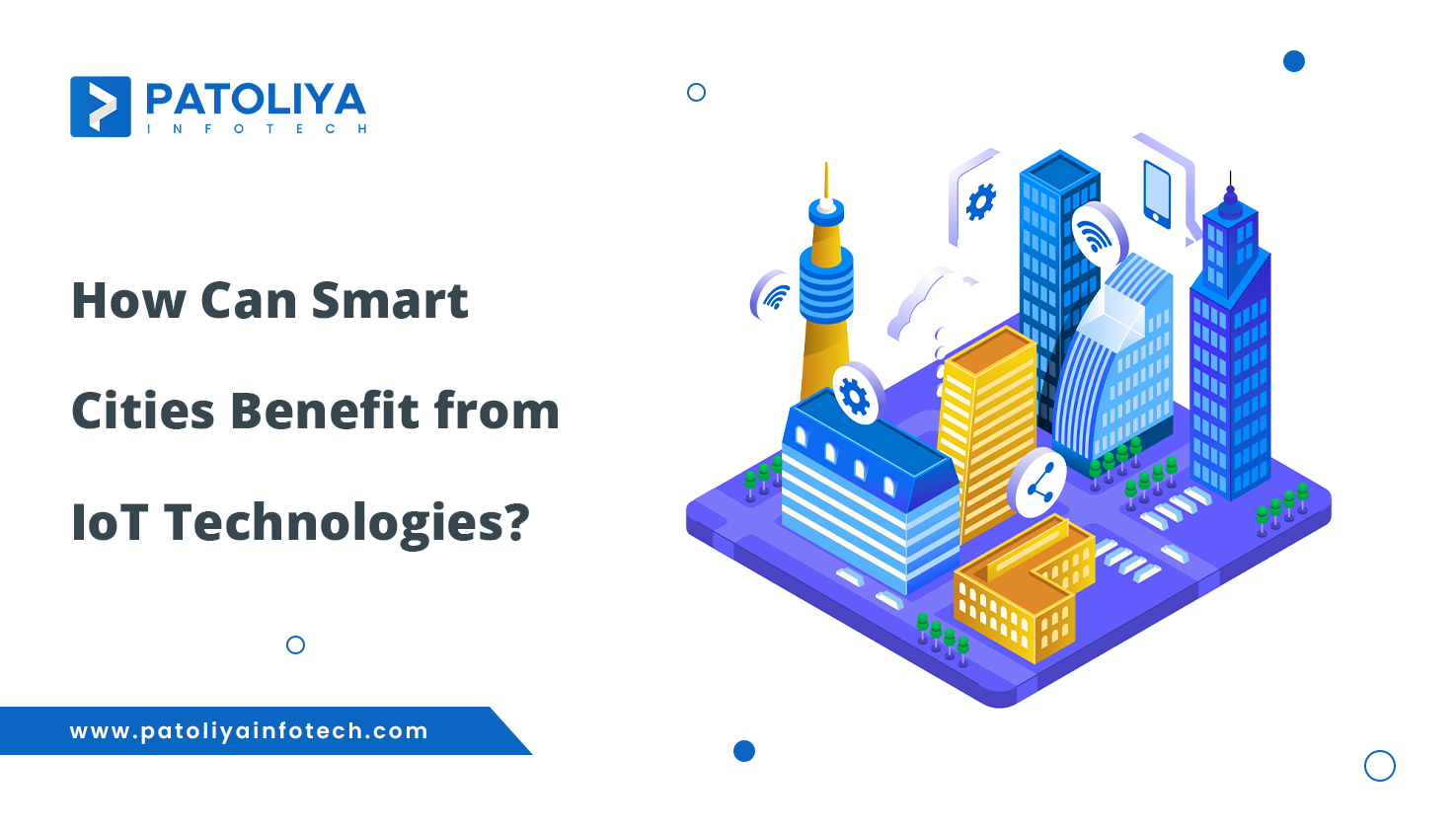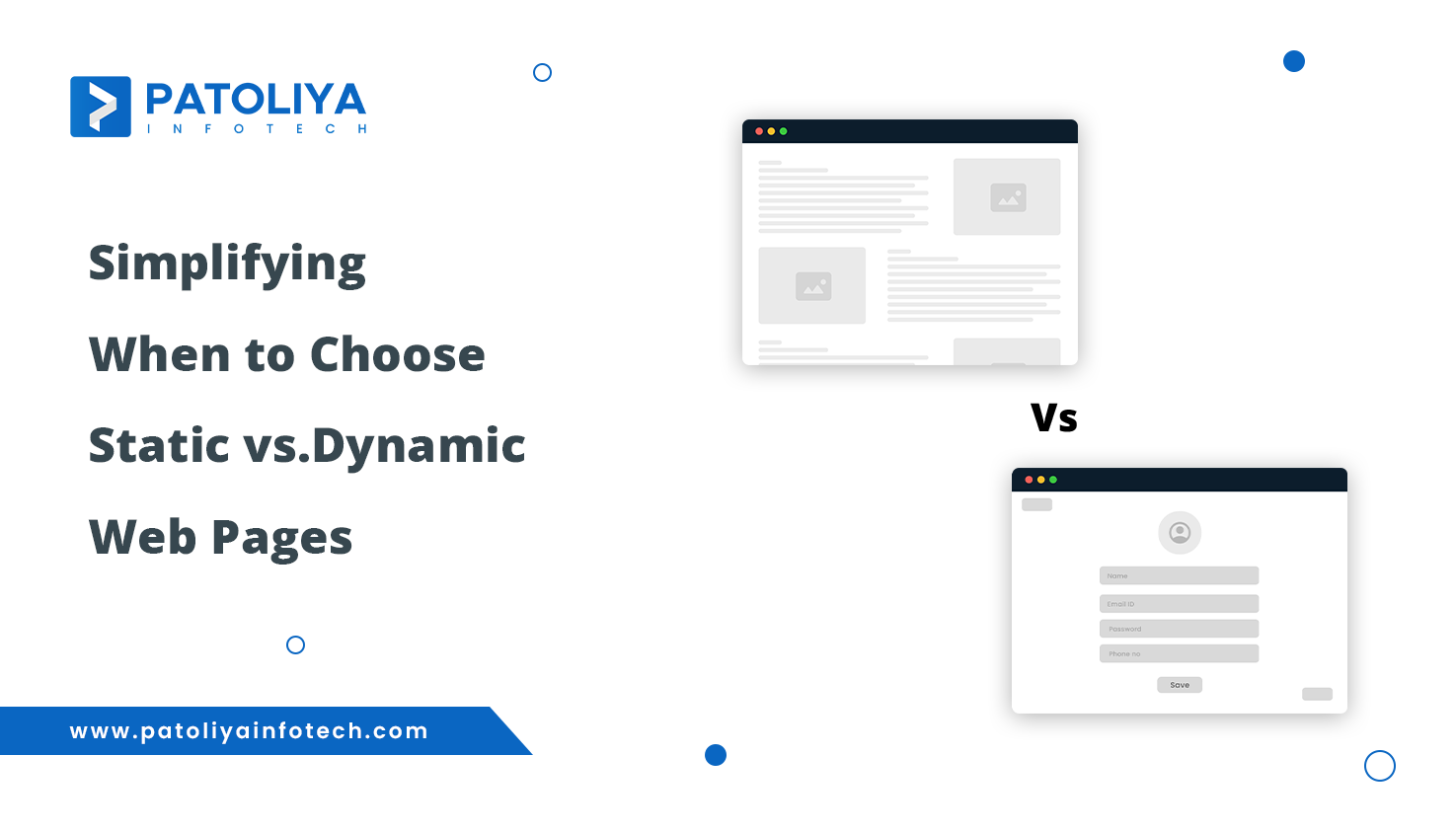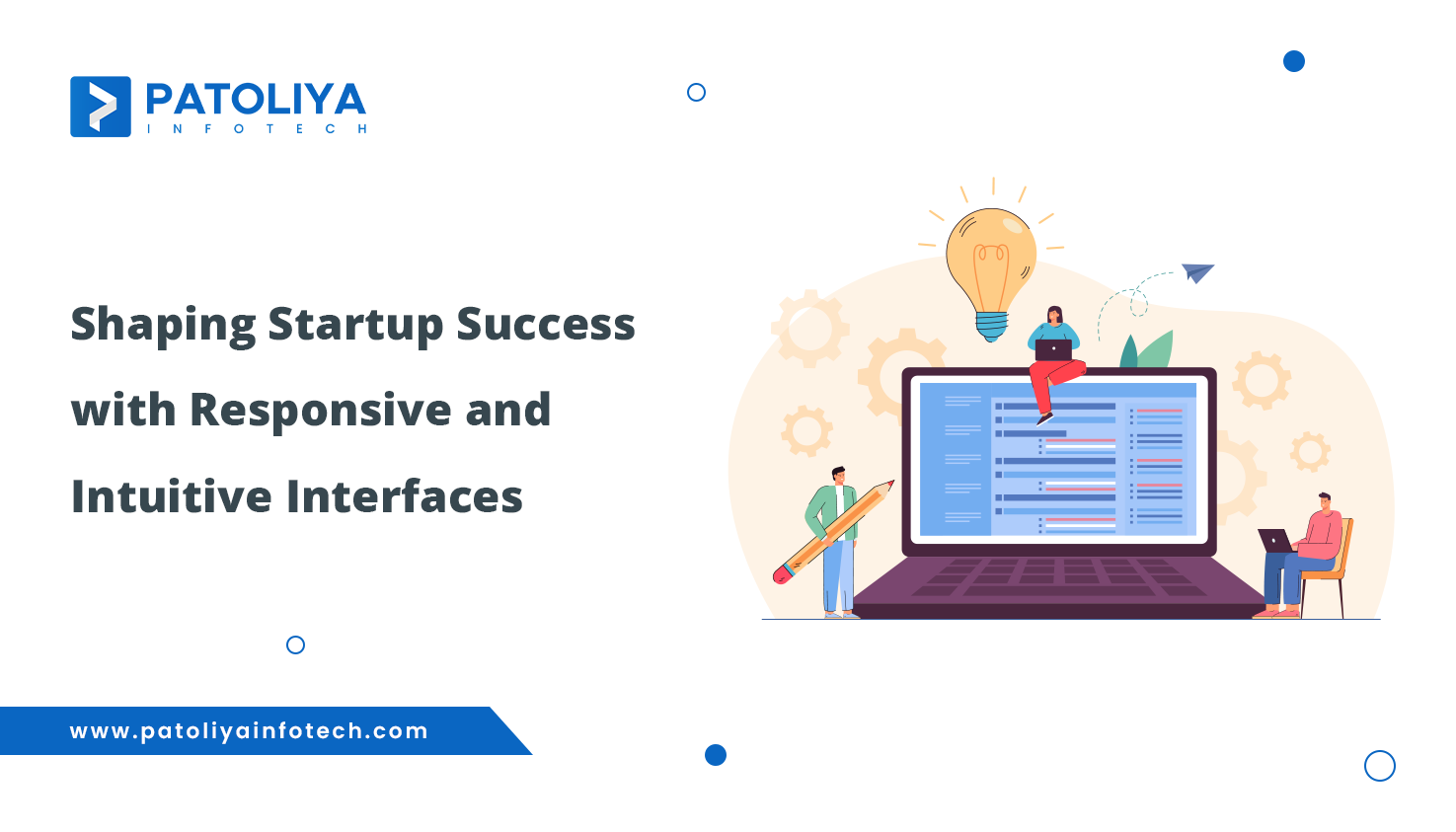How is IoT Revolutionizing Smart City Development?

Table of Contents
Introduction to Smart Cities and Internet of things
The development of smart cities has gained considerable momentum in recent times, mostly due to the fast pace of urbanization and the increasing need for effective resource management. Using data and technology, a smart city may boost sustainability, accelerate municipal procedures, and enhance the standard of living for its residents. Internet of Things (IoT): an interconnected network of devices that gather, process, and share data to enhance different urban services, is at the center of this revolution.
Cities can make proactive decisions and provide services more effectively by using IoT to monitor and control everything in real-time, from energy use to traffic flow. Cities may obtain insights into their operations, which can result in better resource allocation, decreased waste, and increased public safety, by integrating sensors and devices into their infrastructure. As cities continue to evolve, IoT technology integration will play a critical role in defining how urban life evolves in the future.
You're ready to transform your business. Come Explore Changing Industries with Us.
Key Areas of Internet of Things Applications in Smart Cities
Smart Transportation Traffic management
IoT technologies are transforming traffic management by optimizing traffic flow using real-time data from cameras and sensors. In order to lessen traffic and increase safety on the roads, smart traffic lights can change their timing in response to the state of the traffic. In order to improve traffic flow and shorten travel times, cities like Los Angeles, for example, have installed smart traffic systems that automatically change signal timings depending on real-time traffic data.
IoT also improves public transportation systems by enabling passengers to obtain information on arrival times and delays through real-time tracking of buses and trains. Because of this connectedness, there are fewer cars on the road, which lowers emissions, and more people choose to utilize public transportation.
Smart Infrastructure Management
IoT is needed to effectively manage urban infrastructure. Cities are able to monitor the structural health of their buildings, bridges, and roadways by utilizing sensors that have been placed in them before they become serious problems. This proactive strategy improves resident safety while also extending the life of infrastructure.
Smart grids and energy management
Another important use of IoT in smart cities is the deployment of smart grids. These grids allow utilities to efficiently manage demand and optimize energy distribution by using sensors and smart meters to monitor energy usage in real-time. In support of the integration of renewable energy sources and the promotion of energy efficiency, this system helps achieve sustainability objectives.
Public Safety and Emergency Response
IoT technologies improve public safety by utilizing data analytics and real-time monitoring. Artificial intelligence (AI)-enabled smart surveillance systems can scan video feeds for potentially dangerous activity or suspicious activity, enabling law enforcement to act swiftly. IoT-enabled emergency response systems may also improve resource allocation in times of crisis, guaranteeing that individuals in need receive assistance as soon as possible.
Surveillance and monitoring
In order to monitor safety and security, cities are rapidly adding IoT-enabled cameras and sensors across public areas. By identifying odd patterns or behaviors, these systems can notify authorities of possible occurrences. For instance, in order to anticipate and prevent crime, cities like Copenhagen have installed smart surveillance systems that combine data from several sources, including social media.
Environmental Monitoring and Management
The Internet of Things plays a key role in urban environmental monitoring. City planners may benefit greatly from the data that sensors can collect, including noise levels, air quality, and other environmental concerns. Policies intended to lessen pollution and improve the general standard of living for locals can be informed by this knowledge.
Air quality monitoring
One essential IoT use in smart cities is air quality monitoring. Municipalities may collect data on pollution levels in real time and pinpoint the sources of pollutants by installing a network of sensors across the city. Cities may use this information to launch focused initiatives to enhance air quality, such encouraging green spaces or controlling traffic in high-pollution zones.
Dive into our latest blog, Top Examples for Web Applications That You Need to Know, and discover the innovative web applications setting new standards.
Benefits of Internet of Things in Smart Cities Development
Improved efficiency and optimization of city services
IoT makes it possible to monitor and analyze data in real-time, which helps cities provide basic services more efficiently. Municipalities may save waste, improve resource allocation, and optimize operations by using IoT-generated information. As a result, operations like trash management, transportation, and maintenance of infrastructure become more efficient.
Enhanced sustainability and environmental protection
In smart cities, the Internet of Things is vital to the advancement of sustainability and preservation of the environment. IoT sensors monitor energy use, noise levels, and air quality. This data is used to improve regulations that aim to reduce pollution and encourage eco-friendly activities. Urban environments are becoming greener thanks to the integration of renewable energy sources and effective resource management made possible by IoT.
Increased safety and security for residents
Public safety is improved in smart cities with IoT-enabled emergency response networks and monitoring systems. The prompt and efficient response of authorities is made possible by the detection of possible threats through real-time surveillance and data analytics. Assuring that assistance reaches individuals in need as soon as possible, IoT also makes it easier to optimize emergency services. Residents have more peace of mind and a better feeling of well-being as a result of the increased attention on safety and security.
Better quality of life and citizen engagement
Smart city projects powered by IoT greatly enhance people' quality of life by offering customized services, up-to-date information, and increased convenience. IoT-enabled platforms and apps allow residents to report problems, access city services, and interact with local government more successfully. A better overall urban experience and a deeper feeling of community are the results of this enhanced citizen empowerment and involvement.
Economic growth and innovation
Innovation and business growth are promoted by IoT-driven smart city development. IoT-enabled cities boost entrepreneurship and provide new jobs by drawing in companies and talent. IoT also makes city operations more efficient, which lowers expenses and boosts the productivity of already-existing enterprises. This economic boom, together with the emergence of new markets and sectors, establishes IoT-driven smart cities as centers of innovation and wealth.
Challenges and Considerations in Implementing IoT for Smart Cities
Data privacy and security concerns
Data security and privacy become critical issues when large volumes of data are gathered from several Internet of Things (IoT) devices in smart cities. Resident mobility and behavior data, among other sensitive information, may be subject to hacker assaults or illegal access. build trust and safeguard privacy, it is important to establish strong cybersecurity protocols, implement strict data governance guidelines, and uphold openness with the public on the usage of their personal information.
Interoperability and integration of IoT systems
The interoperability and smooth integration of various systems and devices are critical to the success of IoT in smart cities. Nevertheless, a lot of IoT solutions are created by many manufacturers, which causes problems and disjointed systems. For the ecosystem of smart cities to work together, interoperability standards and protocols must be established. Increased cooperation, data exchange, and system efficiency are all made possible by this connection.
Scalability and maintenance of IoT infrastructure
The IoT infrastructure has to be scalable in order to handle growing demands and the inclusion of new technologies as cities expand and change. It is important to plan for scalability not just when deploying IoT devices initially but also while maintaining and updating these systems over time. To guarantee that IoT systems continue to operate effectively over time, cities need to make investments in dependable infrastructure and create plans for routine maintenance.
Citizen awareness and digital literacy
In order for Internet of Things projects to succeed, the general public has to be aware of and involved with the technology being used in their cities. Different degrees of digital literacy, though, might provide a problem. It's possible that many locals are unaware of IoT technology or how to use them efficiently. Cities may solve this by giving priority to outreach and education initiatives aimed at educating the public about the advantages of IoT and fostering digital literacy. Involving the public in the process of development may help promote active engagement and a sense of ownership.
Real-World Examples of IoT in Smart City Development
Numerous successful initiatives throughout the world have resulted from the integration of IoT technology in smart cities, demonstrating the potential of these advancements to improve urban living. A few important case studies and the takeaways from how they were done are included below.
Case Studies of Successful IoT Implementation in Smart Cities
New York City, USA: Connected Vehicles Project
A initiative centered on connected vehicles (CVs) has been launched in New York in an effort to reduce traffic-related incidents and improve road safety. Through the use of IoT sensors and data analytics, the city hopes to enhance traffic control and lower incident rates by allowing cars to talk to traffic infrastructure and one another. This project is a prime example of how IoT can improve safety and mobility in cities.
Los Angeles, USA: Smart Traffic Management
An advanced smart traffic control system, including road-surface sensors and CCTV, has been put into place in Los Angeles. Real-time updates on traffic conditions are provided by these technologies, enabling traffic signal modifications on the fly. This system shows how the Internet of Things can be used effectively to manage urban transportation by optimizing traffic flow and reducing congestion.
London, UK: SmartPark Project
Internet of Things (IoT) sensors are used by Westminster, London's SmartPark program to track parking spot occupancy. By directing cars to open parking spaces, this technology lessens traffic and cuts down on the amount of time spent looking for a place to park. The experiment demonstrates how IoT may boost driving enjoyment and urban transportation in general.
Copenhagen, Denmark: Intelligent Street Lighting
Using real-time data regarding vehicle and pedestrian traffic, Copenhagen has installed Internet of Things (IoT) sensors in its streetlights to modify the amount of light. By keeping the streets well-lit throughout rush hour, this smart lighting system improves public safety while simultaneously saving energy. Improvements in safety and energy efficiency can be achieved through the incorporation of IoT in public infrastructure.
Barcelona, Spain: Smart Grid Implementation
Barcelona has put in place a smart grid system that makes use of Internet of Things sensors to keep an eye on energy usage and control renewable energy sources. This project has significantly decreased carbon emissions and saved energy, demonstrating the contribution of IoT to resource economy and sustainability.
Step into the heart of Surat's tech revolution with our latest feature, Inside Surat's Digital Valley: A Closer Look at Innovation.
Lessons Learned and Best Practices
Emphasizing Interoperability
Connectivity across various IoT systems is crucial, as these implementations have taught us. To optimize the advantages of smart city efforts, it is imperative to provide good communication across diverse devices and platforms. Data sharing and integration can go more smoothly when protocols and frameworks are standardized.
Prioritizing Data Security and Privacy
Addressing data privacy and security issues is critical as smart cities gather huge amounts of data. In order to foster resident confidence and safeguard sensitive data, effective implementations highlight the necessity of strong cybersecurity safeguards and open data governance guidelines.
Engaging Citizens
The success of Internet of Things programs depends on active public involvement. Smart technologies are often more accepted and used in cities where citizens are involved in the design and implementation processes. Outreach initiatives and educational initiatives can raise awareness and digital literacy while encouraging a feeling of collective ownership.
Scalability and Future-Proofing
As cities expand and technology advances, scalability planning becomes increasingly important. Adaptable architectures that can grow with the demands of the Internet of Things are a key component of successful initiatives. This kind of forethought guarantees that smart city solutions will always be applicable and functional.
Data-Driven Decision Making
Successful smart cities frequently use data analytics to guide their decision-making procedures. City planners may make well-informed decisions that improve municipal services and citizens' quality of life by employing real-time data gathered from IoT devices.
The Future of IoT in Smart Cities
5G and Low-Power Wide-Area Networks
IoT in smart cities will undergo a transformation with the introduction of 5G networks and low-power wide-area networks (LPWANs). Applications like driverless cars and remote healthcare will be powered by 5G's fast speeds, low latency, and widespread device connection, which will enable real-time data processing and control. Conversely, LPWANs offer IoT devices low-power, long-range connectivity, which makes them perfect for massive deployments in smart cities.
Artificial Intelligence and Machine Learning
More intelligent and flexible smart city systems will result from the IoT's integration of AI and machine learning algorithms. AI is able to spot trends, forecast possible outcomes, and enhance decision-making by sorting through enormous volumes of data from Internet of Things sensors. Improved emergency response, energy efficiency, and traffic control will come from this.
Edge Computing and Fog Computing
Data processing is moved closer to the source via edge and fog computing, which lowers latency and boosts responsiveness. IoT systems for smart cities can make choices instantly by analyzing data at the edge, eliminating the need for cloud infrastructure. This will make it possible to use new applications, such as autonomous drones for monitoring air quality in real time and inspecting infrastructure.
Blockchain and Distributed Ledger Technologies
Increased security, transparency, and trust in smart city IoT systems may be achieved using blockchain and distributed database technology. One another energy trading, transparent governance, and data transaction security are all made possible by these technologies that use distributed, tamper-proof records.
Digital Twins and Simulation
Cities may plan, test, and optimize Internet of Things installations before they are implemented with the aid of digital twins, which are virtual copies of actual assets. Cities may create digital models of their buildings, transportation networks, and infrastructure to mimic events, find bottlenecks, and allocate resources as efficiently as possible.
Advancements in Sensors and Devices
Continuous improvements in sensor technology, including higher accuracy, reduced power consumption, and smaller form factors, will make it possible to install IoT devices in smart cities that are more widely dispersed and inconspicuous. Furthermore, the creation of energy-harvesting and self-powered sensors will save maintenance costs and lengthen the lifespan of Internet of Things installations.
Importance of Collaboration and Partnerships
Collaboration and collaborations across a range of stakeholders, including local governments, technology providers, academic institutions, and individuals, will be necessary to fully realize the promise of IoT in smart cities. Together, these parties may build all-encompassing plans, pool resources, and come up with creative ways to deal with the particular problems that each community faces.
Conclusion
IoT technology integration presents a fantastic chance to improve urban life and advance sustainability in smart city development. Cities may enhance public safety, infrastructure management, and transportation services by using real-time data from linked devices. City planners may make well-informed decisions and proactively meet the demands of citizens using this data-driven strategy, but issues like data privacy, interoperability, and public involvement need to be resolved.
Future developments in edge computing, artificial intelligence, and 5G will greatly improve IoT capabilities in smart cities, resulting in more intelligent and adaptable urban systems. To build a unified framework for development, local governments, technology providers, and residents must cooperate together for successful implementation. Through adopting these ideas and cultivating collaborations, cities can work towards a sustainable, fair, and prosperous future for every citizen.



